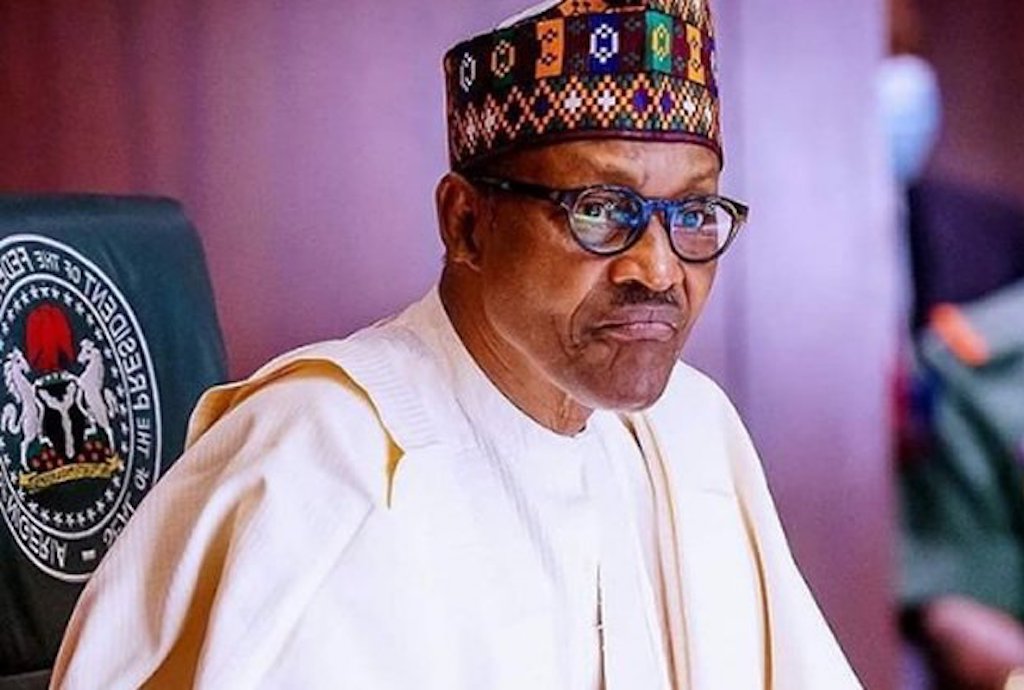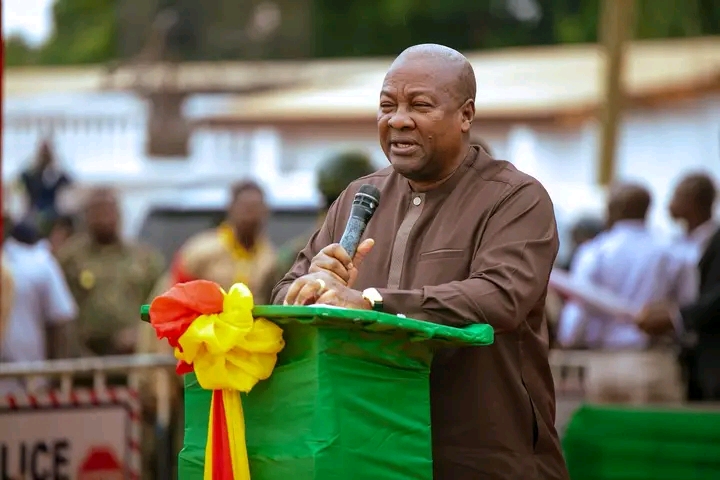Ghana’s total public debt stock rose by GHS 42.7 billion in the first quarter of 2025, reaching GHS 769.4 billion by the end of March, according to new data released by the Bank of Ghana.
The increase equivalent to $3.3 billion marks a rise from the GHS 726.7 billion recorded in December 2024. The central bank attributes the growth to currency depreciation and modest domestic borrowing.
The latest figures, captured in the Bank of Ghana’s May 2025 Summary of Financial and Economic Data, place the country’s debt-to-GDP ratio at approximately 55 percent. However, the ratio reflects a slight decline, thanks to a nominal expansion of the economy.
External debt stood at US$28.5 billion at the end of March, up marginally from US$28.3 billion in December, and now accounts for 31.6 percent of GDP. The Ghanaian cedi weakened modestly over the period, pushing up the local currency equivalent of external obligations.
On the domestic front, debt rose to GHS 326.9 billion in March 2025 from GHS 309.5 billion in December 2024, representing 23.4 percent of GDP.
Despite the rising debt stock, fiscal indicators suggest improving discipline. The overall budget deficit narrowed to 1 percent of GDP, while the primary balance excluding interest payments recorded a surplus of 0.3 percent.
The Bank of Ghana estimates the size of the economy at GHS 1.4 trillion as of March 2025, a nominal increase that helps cushion the impact of the higher debt levels.
The data signals cautious optimism for Ghana’s fiscal path, with authorities expected to continue implementing measures aimed at debt sustainability and economic recovery.
















